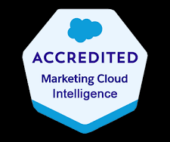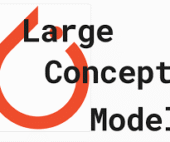Starting with Data
Step 1: Identify Core Data Stores
Begin by listing the primary data sources tied to the business functions you are investigating. While it may be unrealistic to catalog every possible data source within the company, the task becomes manageable by narrowing the focus to specific departments (e.g., customer service, marketing, legal) or broader goals (e.g., “increasing manufacturing efficiency” or “improving customer loyalty and cart value”).
Step 2: Align Data with Business Processes
For each data set, hypothesize how it might enhance or streamline business workflows. Consider questions like:
- How can logistics and shipping data improve inventory management?
- How might time series data help boost customer retention and engagement?
- How can the patterns in fraud detection data allow us to identify fraud earlier?
By linking the data to these business use cases, you start to uncover the potential value of integrating data into key workflows.
Step 3: Validate Business Cases with Experts
Once you’ve identified how data could be valuable, collaborate with data scientists and subject matter experts (SMEs) to review and refine your hypotheses. Create a formal list of use cases that clearly outline how data, algorithms, and business workflows could come together to add value or automate a process. This ensures a practical approach for leveraging data to drive business outcomes.













